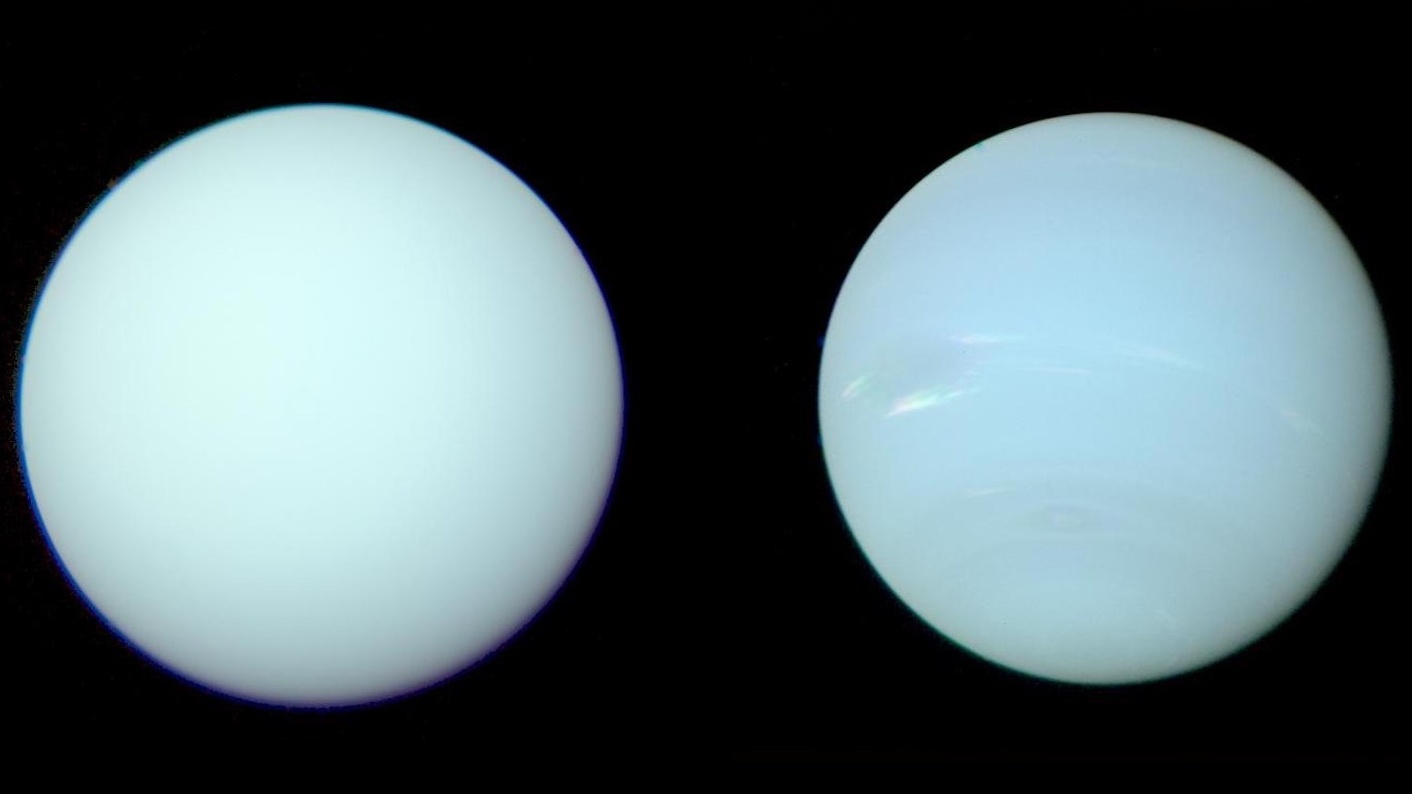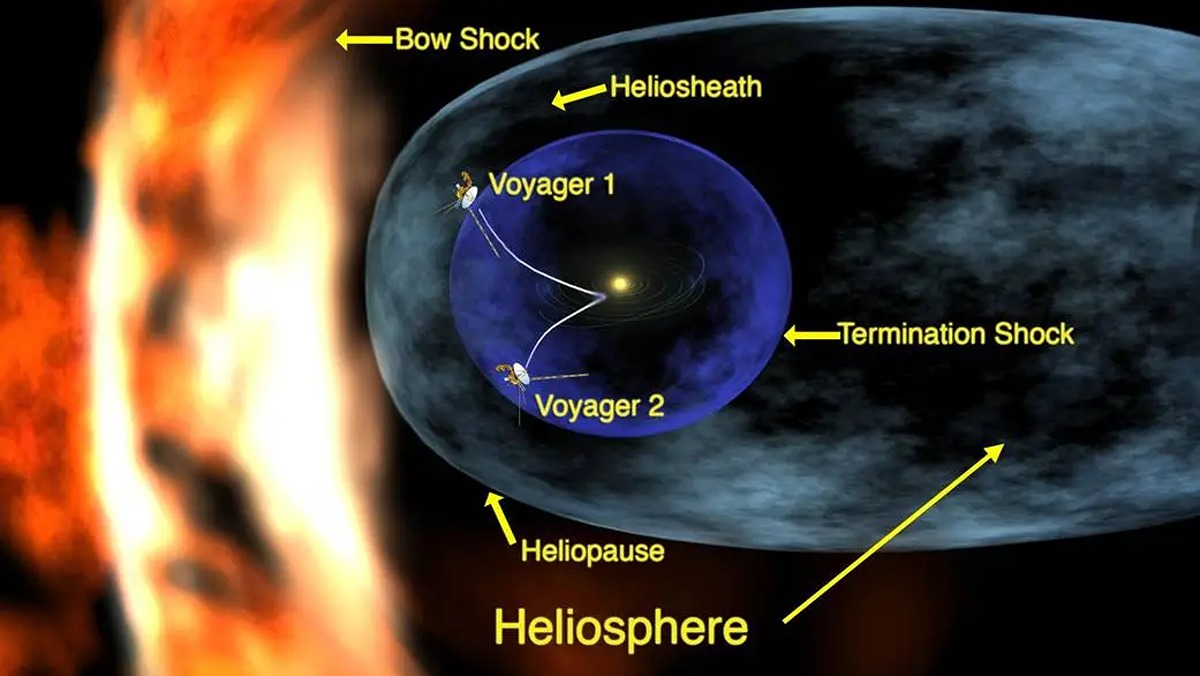The distant and cold Voyager 1 spacecraft performed a clever trick to get the receiver home quickly.
Voyager 1, the most distant human-made object now flying through interstellar space, had problems with its thrust, making it difficult for the spacecraft to stay pointed at Earth when it was phoning home. Unless Voyager 1 could create another thruster, the 47-year-old spacecraft would continue on its own without help from Earth. Making matters worse, Voyager 1 is so old that any sudden changes could damage the spacecraft.
“Any decisions we have to make going forward will require much more analysis and caution than before,” Suzanne Dodd, Voyager project manager at NASA’s Jet Propulsion Laboratory, which manages the mission, said in a statement Tuesday (Sept. 10).
The science of Voyager 1 is crucial to space science because it teaches us more about interstellar space, that is, the region of the cosmos beyond the reach of gravity or particles from the sun.
But the spacecraft’s aging nuclear power source is severely depleted and doesn’t have much power to play with. So engineers at JPL began working on a rescue plan to help the spacecraft’s pointing capabilities without endangering its remaining functional science instruments.
Voyager 1 and its twin, Voyager 2, launched their first missions to study the distant solar system in 1977. Together, they flew past four of the largest planets in the outer solar system in 1989 and, with adjustments for their age, continue to send science from afar even after they both left the solar system in the early 2010s.

As with humans, aging has changed Voyager’s systems. The fuel tube for their thrusters has been prone to clogging for more than 20 years; it happens when a rubber membrane in each spacecraft’s fuel tank breaks down, creating a silica byproduct that clogs the tube.
Fortunately, each Voyager has three thruster legs available for use: two attitude legs originally designed for orientation, and one trajectory correction leg designed for path changes in space. To be clear, engineers have spent decades overcoming the unexpected by creatively repurposing Voyager parts. This new thruster situation, however, brought with it additional challenges.

In 2002, a fuel tube in the first attitude propulsion leg of Voyager 1 began to clog, forcing a switch to the second leg, NASA officials wrote in the same statement. When the second leg began to malfunction in 2018, all of Voyager 1’s orientation maneuvers were switched to the trajectory correction maneuver leg.
But with use, this one branch of the trajectory correction system becomes seriously clogged, even more so than the two attitude control branches before.
JPL therefore decided to return to the attitude propulsion system, but they had to do so at a lower power level than in 2002. Voyager 1 is now running only on essential systems and even some of the heaters have been turned off.
Due to the necessary loss of several heating elements and reduced radiant heat from having fewer systems running on the spacecraft, Voyager 1’s booster was so cold in dormant mode that even turning it on could have caused damage.
While watching Voyager 1 closely from a distance, JPL engineers determined that turning on one of the heaters for an hour would be sufficient. The command worked, and on August 27, one of the attitude thruster branches successfully reoriented Voyager 1 toward Earth for the first time in six years.
Voyager 1 recently needed another creative solution: in June, engineers fixed a data transmission problem that had plagued the spacecraft for months.
Engineers at JPL plan to keep the Voyager twin spacecraft flying until at least the mission’s 50th anniversary in 2027, Dodd told reporters in June at a meeting of the group that assesses the outer planets within the space science community, SpaceNews reported.
According to NASA, the group generally focuses on exploration activities in the outer solar system. The group can advise NASA, but the agency does not necessarily follow its recommendations.



